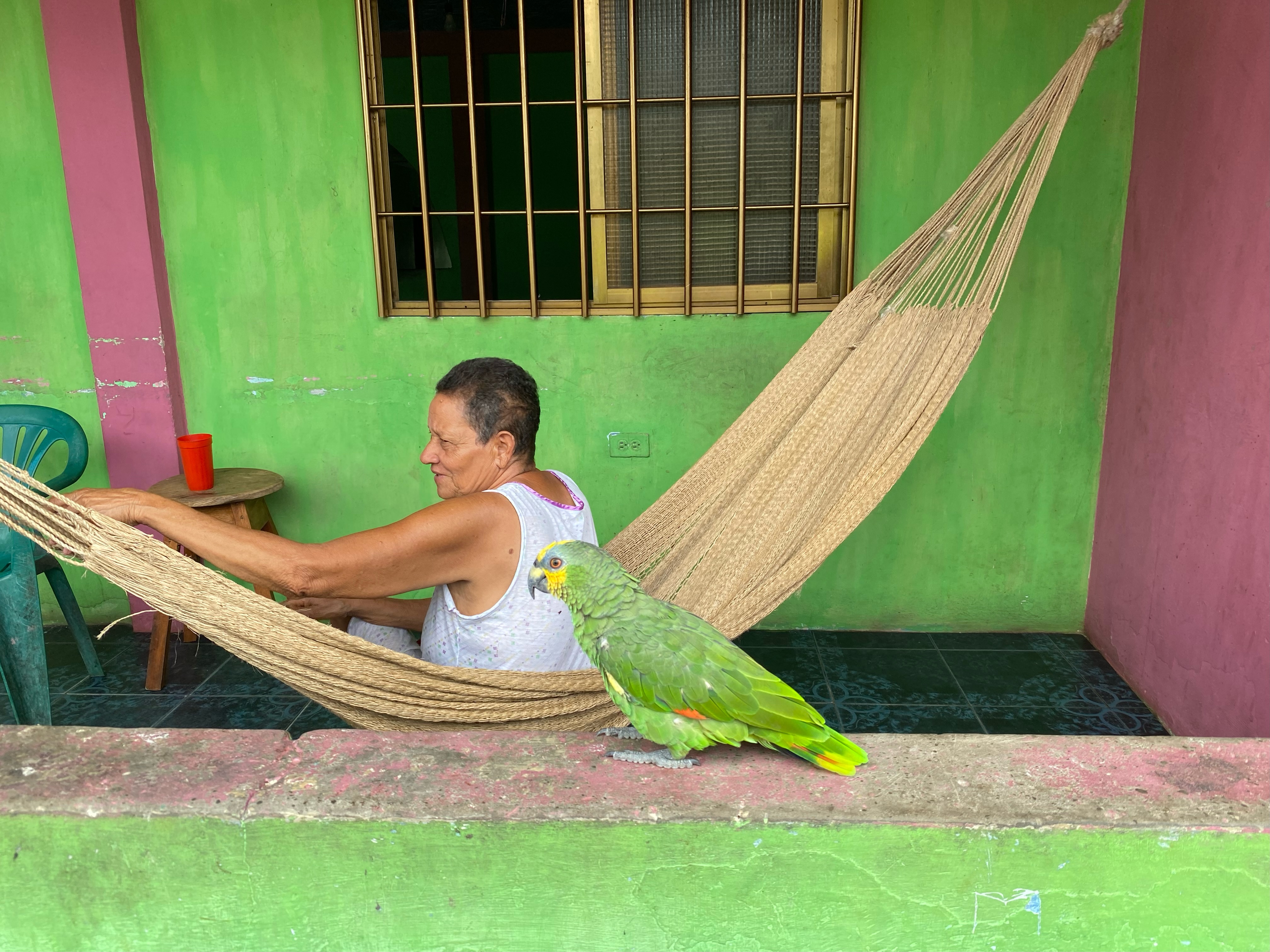Introduction to Venezuela 🇻🇪

Capure, Delta of Orinoco RIver, Venezuela, April 2023
At the end of April 2023, I traveled to Venezuela for the first time. By then, I already knew I would be moving to the country in the upcoming months. This trip was crucial for me to prepare for the transfer, get to know the local context, and meet my new team.
Exploring Caracas – First Impressions of the Capital
Upon arrival in Caracas, I spent a few days meeting with humanitarian actors, getting to know the local working environment, and connecting with my future colleagues. Caracas was a city of contrasts—while it faced significant challenges, the resilience of its people was evident. During my free time, I explored the city, taking in the views from Ávila National Park and wandering through the vibrant streets. It was a city with warmth despite its hardships, and I was struck by the optimism and strength of its people.
Humanitarian Projects Across Venezuela – First Part of the Trip
I then traveled to several regions to visit humanitarian projects supported by ECHO. The aim was to understand the local humanitarian context and see how we could provide support in the most effective way. I visited places like Maracaibo, Cují Gacho, Paraguaipoa, Cojoro, and Guarero—each of which had unique challenges.
• Cují Gacho: This area, located in the Zulia state, was facing significant healthcare access issues. Local clinics were overwhelmed, and the economic situation had strained public services. The community members were hardworking but needed critical support to access basic health services.
• Paraguaipoa: A remote village in Zulia, Paraguaipoa was grappling with limited infrastructure and difficulty accessing essential resources like clean water and medications. The area’s isolation made it a priority for humanitarian projects.
• Cojoro: Located in the western region, Cojoro faced similar challenges, with the added burden of economic hardship. Local farmers and residents struggled with food insecurity, and there were efforts to improve agriculture support and disaster preparedness in the region.
• Guarero: In Guarero, located in the northern states, many families were facing housing challenges, with many homes damaged or destroyed by past storms. Efforts to provide shelter and rebuild communities were underway, but much more support was needed.
In all these locations, the efforts of local organizations and humanitarian responders were incredibly inspiring. While the needs were immense, I saw a strong commitment to improving conditions and providing assistance where it was most needed.
The Journey to Delta Amacuro – Beginning the Second Part of the Trip
After spending time in Caracas and visiting some of the key areas, the second part of my journey began with a flight to Maturín, the gateway to the Delta Amacuro region. This area is one of the most remote and challenging regions in Venezuela, home to various indigenous communities and a region that faces unique obstacles in terms of access to aid and resources.
The Orinoco River and Delta Amacuro – Navigating the Heart of Venezuela’s Indigenous Communities
The boat journey along the Orinoco River to San Rafael, Capure, and Pedernales was one of the most memorable experiences of my trip. The Orinoco Delta is a vast network of mangroves, channels, and islands, with isolated communities living along its banks. The journey allowed me to see firsthand the difficulties these communities face in accessing basic services like healthcare, education, and clean water.
• San Rafael, Capure, and Pedernales are some of the small communities in Delta Amacuro that rely heavily on the river for transportation and livelihoods. The isolation of these areas meant that humanitarian aid could not always reach as quickly as it should, and residents often faced limited access to essential resources.
• Indigenous groups, such as the Warao, who live in this area, face particular challenges. Their communities are remote, and many rely on the river as their lifeline. Yet the lack of proper infrastructure, transportation, and healthcare services puts them at a disadvantage when it comes to surviving and thriving. Many communities in Delta Amacuro also face issues of food insecurity, with little access to nutritious food and agricultural support.
The boat journey through these communities was both exciting and eye-opening. I was struck by the beauty of the river and its surroundings, but I was also reminded of the immense challenges faced by the people living in such remote areas.
Tucupita and the Communities of Delta Amacuro
After spending the night in Tucupita, the capital of Delta Amacuro, I continued my journey through the region, visiting even more isolated communities. I was continually impressed by the resilience of the people I met, as well as the hard work of local responders, who were working tirelessly to deliver aid, food, and healthcare to these vulnerable populations.
Returning to Caracas – Reflection and Preparation
After my time in Delta Amacuro, I returned to Caracas to reflect on the trip and prepare for the next steps in my mission. The experience provided me with a much deeper understanding of the humanitarian challenges in Venezuela, particularly in the isolated indigenous communities. It was clear to me that there was much work to be done, but the passion and determination of the local people were a constant source of inspiration.
Two weeks later, I returned to Panama City, feeling grateful for the opportunity to contribute to the ongoing efforts in Venezuela. I was eager to start my new role and continue supporting the humanitarian work in the country.
Click here to access the album.
